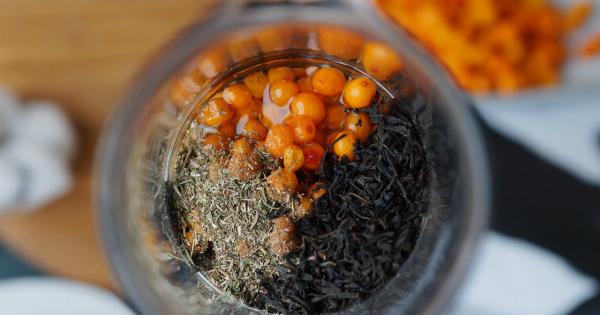Butter has long been a staple ingredient in kitchens around the world. Whether spread on toast, used in baking, or added to a delicious sauce, butter adds richness and flavor to many dishes.
However, what if we told you that the butter you consume may not be as wholesome as you think? In this article, we will explore the truth about butter and shed light on the additives that could potentially harm your health.
1. Artificial Colors
Have you ever wondered why some commercially produced butter has a vibrant yellow color? The answer lies in artificial colors.
While naturally cultured butter has a pale yellow hue, manufacturers often enhance its color through the addition of artificial dyes. These synthetic additives may include Yellow 5 (tartrazine) or Yellow 6 (sunset yellow), which have been linked to various health concerns such as allergies and hyperactivity in children.
2. Preservatives
Preservatives, such as sorbic acid and potassium sorbate, are commonly added to butter to extend its shelf life. While these additives help prevent spoilage, they have been associated with adverse effects on human health.
Sorbic acid, for instance, may cause allergic reactions in some individuals, while potassium sorbate has been linked to DNA damage and potential carcinogenicity.
3. Emulsifiers
Many commercial butter products contain emulsifiers like lecithin or mono- and diglycerides. These additives help blend ingredients and prevent separation.
However, studies have shown that certain emulsifiers can disrupt the gut microbiota, leading to inflammation and other digestive issues. Furthermore, some emulsifiers have been linked to increased risk of obesity and metabolic disorders.
4. Hormones and Antibiotics
In order to boost milk production, some dairy farmers administer hormones to their cows. These hormones can find their way into the milk and butter produced from these cows.
Additionally, routine use of antibiotics in dairy farming can contribute to antibiotic resistance, posing a threat to human health. Choosing organic butter from grass-fed cows can help avoid these potential risks.
5. Trans Fats
Trans fats are formed when vegetable oils are hydrogenated to create a solid fat like margarine or some types of processed butter. Consumption of trans fats has been linked to increased risk of heart disease, inflammation, and other health issues.
It is essential to check the label and opt for butter products that are free from hydrogenated oils.
6. Artificial Flavorings
To mimic the taste of natural butter, artificial flavorings are often added to processed butter. These artificial additives can contain a cocktail of chemicals, some of which may have detrimental effects on health.
It is best to choose butter that showcases its natural flavor without any artificial enhancements.
7. Salt
While not necessarily harmful in moderate amounts, many varieties of butter contain added salt to enhance flavor and provide a longer shelf life. Excessive salt consumption has been linked to hypertension and other cardiovascular issues.
Opting for unsalted or low-sodium butter is a healthier choice if you are concerned about your salt intake.
8. Pesticide Residues
Conventionally produced butter may contain traces of pesticides, as the feeds given to cows may be sprayed with these chemicals. Pesticides can accumulate in animal fats, including butter, and pose potential health risks.
Opting for organic butter ensures minimal exposure to pesticide residues and promotes a more sustainable agricultural system.
9. Unknown Additives
Many commercially produced butters contain additives that are not clearly listed on the packaging. These additives may include flavors, texturizers, or stabilizers that enhance the product’s texture or prolong its shelf life.
Being unaware of these undisclosed additives can make it difficult to assess their potential impact on your health.
10. The Solution: Know Your Source
With so many potential additives and harmful compounds, it’s important to choose your butter wisely.
Opting for organic, grass-fed butter from trusted sources can help minimize the risks associated with additives and provide a more natural product. Supporting local farmers or food cooperatives that prioritize transparency and sustainability is also a great way to ensure you are getting the best quality butter.



























